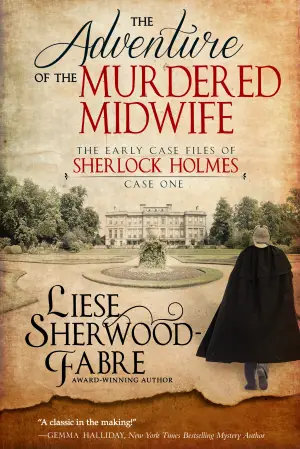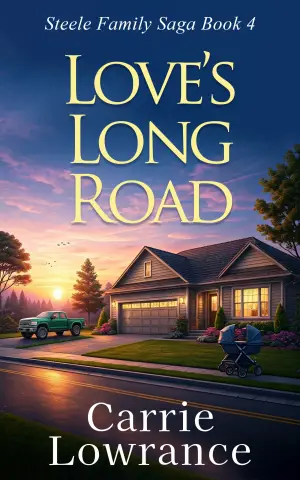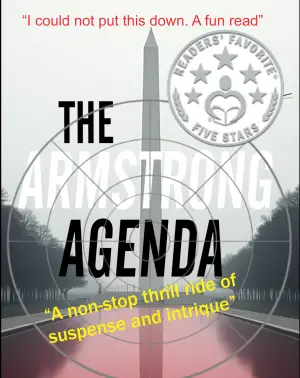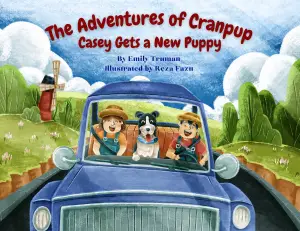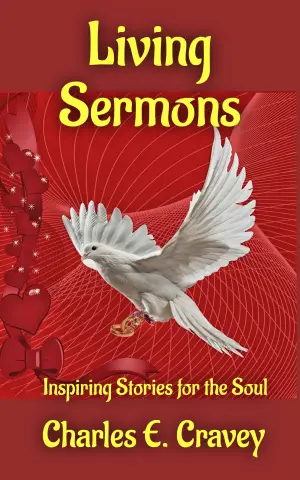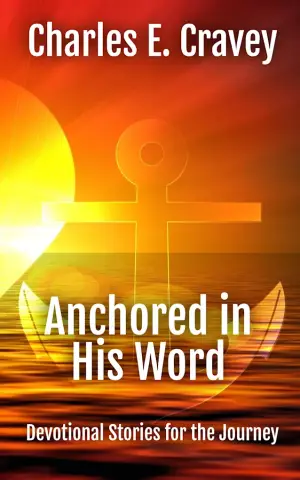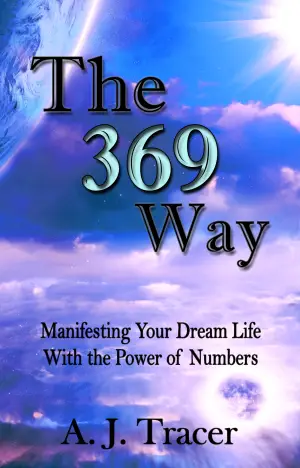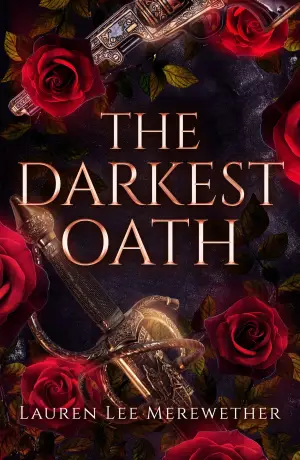Personal Reflection on The Lost Girl (In Strange Orbits Book 1)
From the moment I stumbled upon The Lost Girl by Santi S. Sykes, I was captivated. The premise of a ten-year-old astrobiologist navigating the complexities of space and personal challenges resonated deeply with me. Who wouldn’t be intrigued by a story that promises a unique lens on science fiction through the eyes of a young girl? As a longtime aficionado of science fiction, I often seek out stories that not only entertain but also empower. This book met those qualifications—and then some.
Overview of Themes and Characters
Tanit, our prodigious heroine, embodies both brilliance and vulnerability as she journeys to Thuis, a newly established colony fifty light-years from Earth. At just ten years old, she’s a beacon of intelligence, yet she grapples with the very human feelings of abandonment and longing for her mother, who left two years prior. The themes of isolation, resilience, and the quest for identity form the heart of this tale.
What struck me most about Tanit is her complexity. She’s not just a genius; she’s a kid trying to understand her place in a world far larger than herself. Throughout the book, she balances scientific acumen with emotional depth, making her relatable to readers both young and old. It’s clear from the outset that Sykes has a keen understanding of childhood’s nuances, capturing the essence of growing up in a setting that’s simultaneously thrilling and intimidating.
Writing Style and Pacing
Sykes’ writing is often poetic, interwoven with scientific jargon that, while sometimes dense, paints a vivid picture of this alien universe. The pacing, particularly in the beginning, may feel accelerated to some readers, but I found that it mirrored Tanit’s urgency and anxiety about the unknown. However, I did notice some spots where the English felt a bit awkward, as noted in other reviews, but I believe Sykes’ earnest storytelling outweighed any linguistic hurdles.
One memorable line that resonated with me is when Tanit reflects, “In the vastness of the cosmos, I may be small, but my dreams can span galaxies.” It’s a beautiful encapsulation of the book’s spirit, reminding us that no matter how insignificant we might feel, our aspirations hold the power to propel us forward.
Conclusion
The Lost Girl is not just about space travel; it’s a touching exploration of family and the self-discovery that often accompanies adolescence. I would recommend this book to middle-grade readers and anyone who appreciates strong, intelligent young characters—especially girls aspiring to break boundaries.
For those curious about the wider universe, the hints of greater dangers awaiting Tanit in the series’ sequels set the stage for further adventure, and I find myself eagerly anticipating the next installment. This book left me pondering my own dreams and the adventures that lie ahead, affirming that even the ‘lost’ can find their way among the stars. If you’re looking for a story that can ignite your imagination while delving into the complexities of personal growth, The Lost Girl is a must-read.
You can find The lost girl (In strange orbits Book 1) here >>


